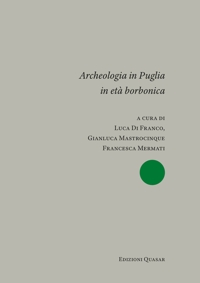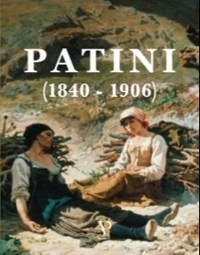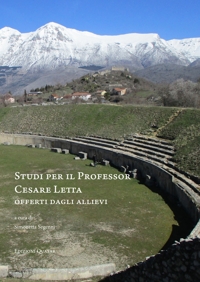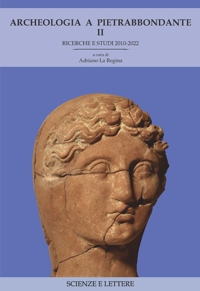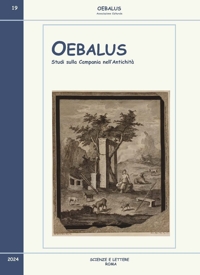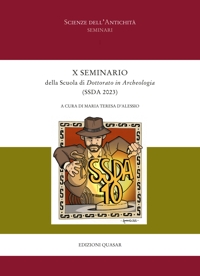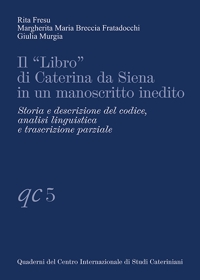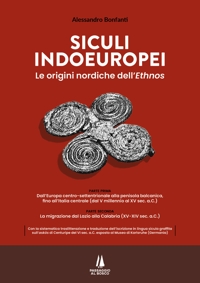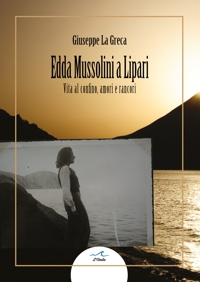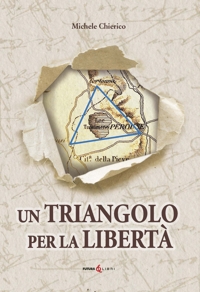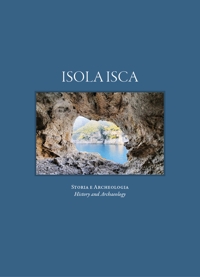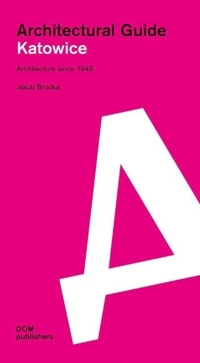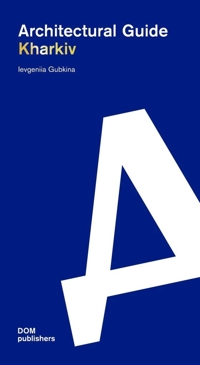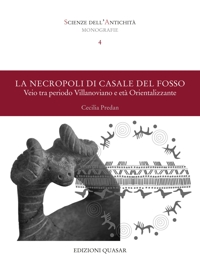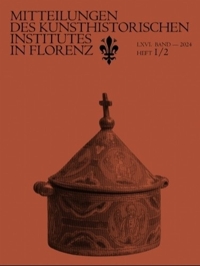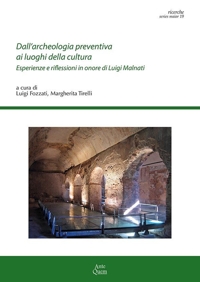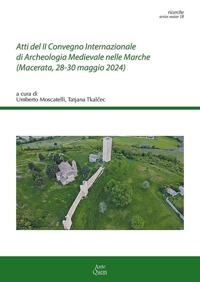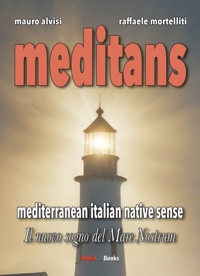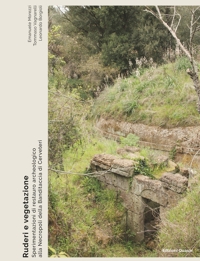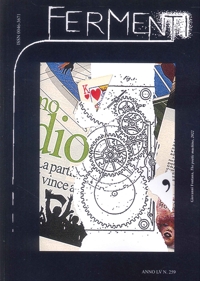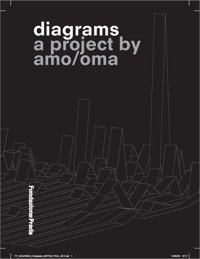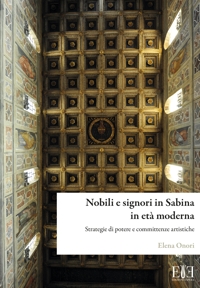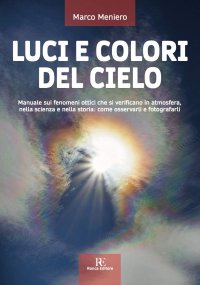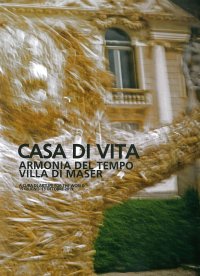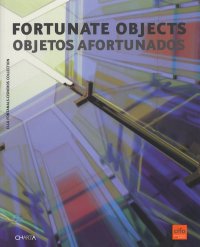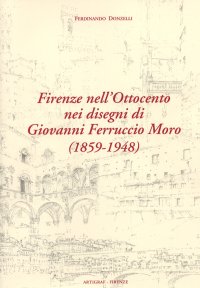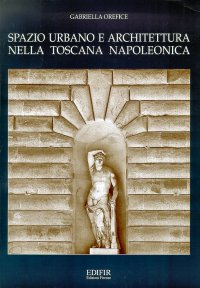Felice Palma. Massa 1583-1625. Collezione / Collection.
Texts by Andrei Cristina, Ciarlo Nicola, Federici Fabrizio, Claudio Casini and Sara Ragni.
Italian and English Text.
Pontedera, 2024; bound in a case, pp. 289, b/w and col. ill., b/w and col. plates, cm 24,5x34.
(L'Oro Bianco. Straordinari Dimenticati. The White Gold Forgotten Masters).
cover price: € 160.00
|
Books included in the offer:
Felice Palma. Massa 1583-1625. Collezione / Collection.
Texts by Andrei Cristina, Ciarlo Nicola, Federici Fabrizio, Claudio Casini and Sara Ragni.
Italian and English Text.
Pontedera, 2024; bound in a case, pp. 289, b/w and col. ill., b/w and col. plates, cm 24,5x34.
(L'Oro Bianco. Straordinari Dimenticati. The White Gold Forgotten Masters).
FREE (cover price: € 160.00)
Le botteghe del marmo
Italian and English Text.
Ospedaletto, 1992; bound, pp. 153, 10 b/w ill., 60 col. ill., cm 24x29.
(Immagine).
FREE (cover price: € 34.49)
Museo Stefano Bardini. I Bronzetti e gli Oggetti d'Uso in Bronzo
Edited by Nesi A.
Firenze, 2009; paperback, pp. 191, 102 b/w ill., 7 col. ill., cm 17x24,5.
(Museo Stefano Bardini).
FREE (cover price: € 30.00)
Bronzetti e Rilievi dal XV al XVIII Secolo
Bologna, 2015; 2 vols., bound in a case, pp. 729, ill., col. plates, cm 21,5x30,5.
FREE (cover price: € 90.00)
Fratelli Alinari. Photographers in Florence
Fratelli Alinari
Translation by Pauli E.
Firenze, 2003; paperback, pp. 280, ill., tavv., cm 24x28.
(Storia della Fotografia).
series: Storia della Fotografia
ISBN: 88-7292-436-7 - EAN13: 9788872924365
Subject: Photography,Travel's Culture
Period: 1800-1960 (XIX-XX) Modern Period,1960- Contemporary Period
Places: Florence,Tuscany
Languages: 
Weight: 1.47 kg
The cultural objectives and the working methods of the Florentine studio became a distinctive mark and were imitated throughout Europe. Before long the Alinari were thought of as the representatives of the Italian image in the world.
The second generation of photographers continued to profit from the knowledge acquired in the course of the years and developed new inventions and techniques, never losing sight of the programmatic guidelines still universally valid. The distinctive Alinari mark is there, no matter what the subject of the photograph may be.
The Alinari studio was also influenced by the other arts such as sculpture and architecture and their evolution. Nor does the photographic documentation disregard the more or lesser-known personalities, in addition to the scenes of everyday life and the world of work in the classic tradition of the veristic literature of Giovanni Verga and Grazia Deledda.
Photography is therefore here seen as a tool that bears witness to the history of a society and the revolutionary cultural changes that bridged two centuries.












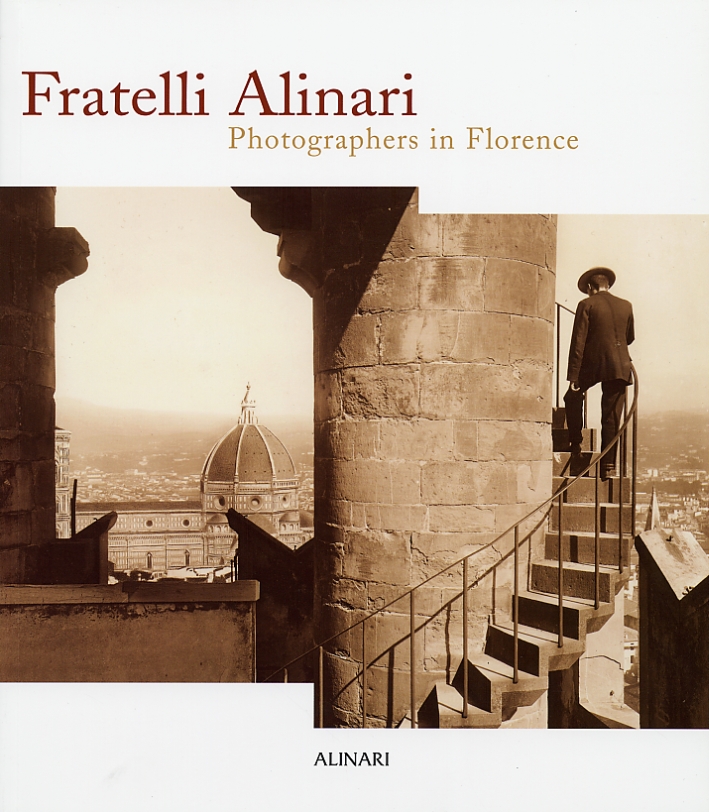
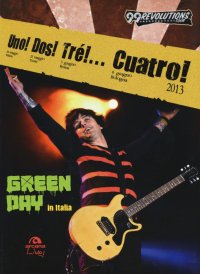

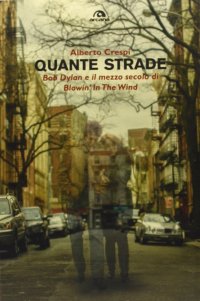
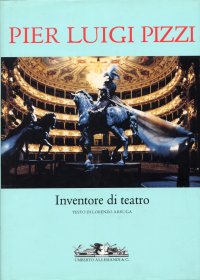

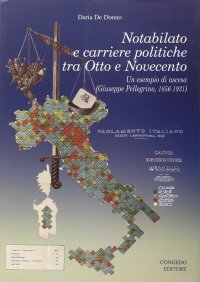


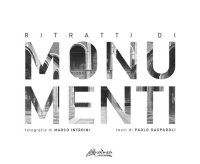
![Incantevole Puglia. Fra arte, storia e natura. [Edizione Italiana e Inglese]](https://immagini.libroco.it/copertine/IMMAGINI/3073/m-1536619.jpg)
